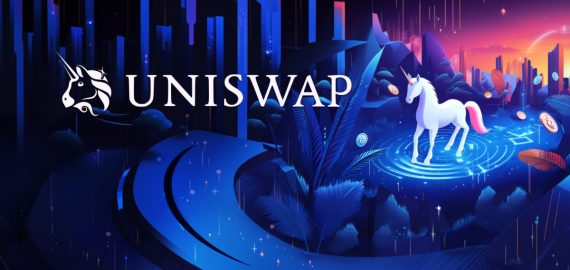Self Chain To Reward Early Supporters With 326,000 SLF Token Airdrop


In Brief
Self Chain to airdrop 360 million SLF to early supporters, allocating tokens across different aspects of the ecosystem.

Layer 1 blockchain with a modular intent-centric access approach, Self Chain (SLF), unveiled plans to airdrop SLF tokens to early supporters. The total supply of 360 million tokens will be allocated across various categories to support different aspects of the ecosystem.
There will be two community categories for the token distribution, namely the participants of Incentivized Testnet 1 and Incentivized Testnet 2. In Incentivized Testnet 1, the initial 100 active validators contributed by testing the network’s security, performance, and reliability. Meanwhile, Incentivized Testnet 2 achieved a block height of 3,074,934, with 60 million SLF tokens bonded and validators maintaining an average uptime of approximately 99.7%.
The airdrop will distribute 325,000 SLF tokens to 100 addresses from the Incentivized Testnet 1 list. Additionally, 200 validator participants will each receive 1,000 SLF tokens, 500 staking participants will receive 50 SLF tokens each, and a total of 800 participants will be included in the airdrop qualification list.
The tokens will be manually sent to the self-chain addresses of the selected participants within three working days starting from July 22nd. The distribution will adhere to different unlocking plans to ensure reasonable circulation and use of the tokens.
As outlined in SLF tokenomics, the token supply will be allocated as follows: 28% for validator nodes and growth sales, 8% for the team, 25% for migration, 19% for the ecosystem, and 10% each for equity investors and foundation nodes. The distribution of SLF tokens will follow various unlocking plans to ensure a balanced and sustainable entrance into the market.
What Is Self Chain And Self Token?
SLF is leveraged for transaction fee payments, DPoS validator staking, as well as for taking part in governance activities. It also represents a collateral within the ecosystem, rewards validators in fee markets, and is utilized for trading fees on internal exchanges.
The network offers a keyless wallet infrastructure service utilizing MPC-TSS/AA for multi-chain Web3 access to simplify interactions with its intent-focused method, leveraging large language models (LLM) to understand users’ intentions and determine effective gateways.
Disclaimer
In line with the Trust Project guidelines, please note that the information provided on this page is not intended to be and should not be interpreted as legal, tax, investment, financial, or any other form of advice. It is important to only invest what you can afford to lose and to seek independent financial advice if you have any doubts. For further information, we suggest referring to the terms and conditions as well as the help and support pages provided by the issuer or advertiser. MetaversePost is committed to accurate, unbiased reporting, but market conditions are subject to change without notice.
About The Author
Alisa, a dedicated journalist at the MPost, specializes in cryptocurrency, zero-knowledge proofs, investments, and the expansive realm of Web3. With a keen eye for emerging trends and technologies, she delivers comprehensive coverage to inform and engage readers in the ever-evolving landscape of digital finance.
More articles

Alisa, a dedicated journalist at the MPost, specializes in cryptocurrency, zero-knowledge proofs, investments, and the expansive realm of Web3. With a keen eye for emerging trends and technologies, she delivers comprehensive coverage to inform and engage readers in the ever-evolving landscape of digital finance.


















































